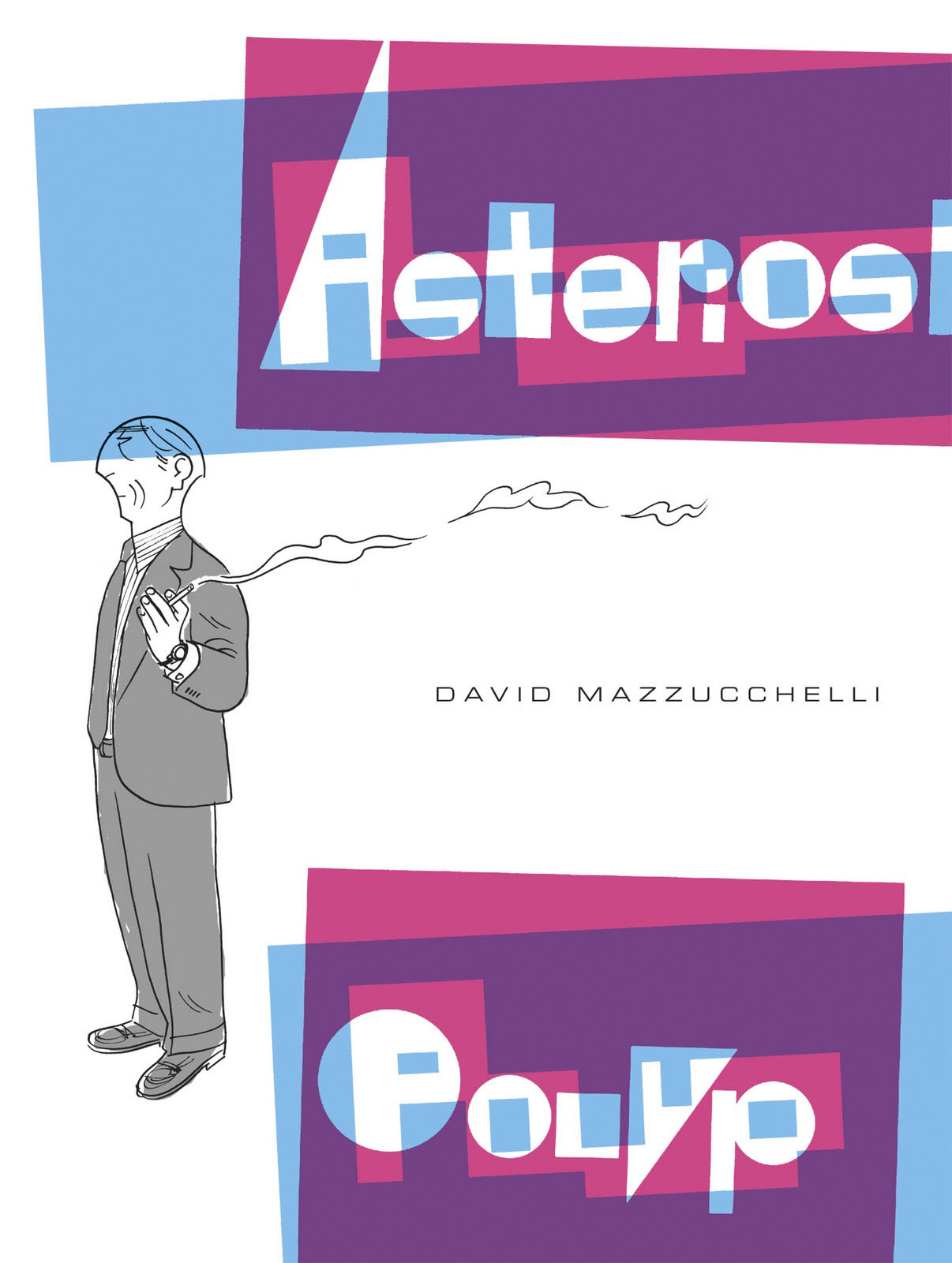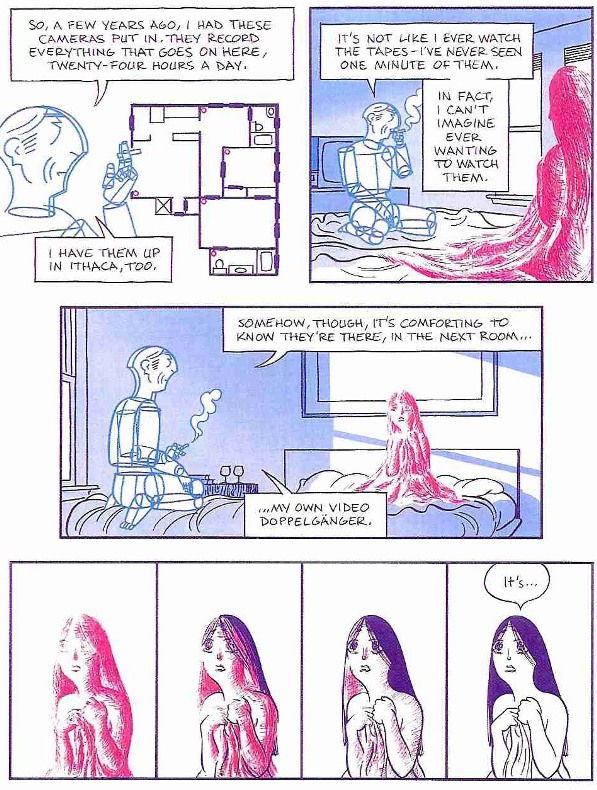Wednesday, November 18, 2015
Wednesday, November 11, 2015
Director Spotlight - Tom Tykwer
When asked to watch three films by the same director, I
chose to look into Tom Tykwer’s work. Out of his films, I chose to watch Cloud Atlas, and Paris, Je’Taime (even though he only directed one segment of this
particular film), and Run Lola Run. Cloud Atlas
was the first film of his that I viewed, and I have to say it was not the
experience that I expected (although that is certainly not a bad thing)! It set the stage well for the feeling that the rest of his work would convey.
I feel that the most prominent recurring element in each
film is their theme of connectedness between the past, present and future. Cloud Atlas consisted of many different storylines
- taking place at very different periods of time. What tied these together,
although not apparent until small recurring elements were revealed as each
individual plot progressed, was how one person’s actions, whether significant
or seemingly minor, linked each character to another in some way, shape or
form. Adam Ewing’s journal was read by Robert, the composer of “Cloud Atlas”.
His letters to his lover, Rufus, were in turn read by the reporter Luisa Rey after a now much older Rufus is killed.
She also goes to a record store and hears the Cloud Atlas sextet. The book that
Luisa Rey writes about her ordeals with the nuclear power scandal is read by
Timothy Cavendish. The film created about his life is watched by Sonmi after she escapes the diner. And
lastly, Zachry watches Sonmi’s final video message, after she had essentially become a deity figure to his people. What ties these together
further is the implication that they are all reincarnations of each other
(shown by a very specific birthmark found somewhere on each individual). What seems to be a very confusing and
unrelated construction of multiple storylines at first turns out to be a
comment on how everything is connected, and even the smallest of actions can
alter the paths of events to follow.
Run Lola Run is also a good example of this, because the
film itself consists of three separate versions of the same story, all
influenced by altering small elements. What seems like the most insignificant
action, such as whether she is tripped by a man with a dog, runs past them, or
runs faster because of them, sets off a chain of other small events that in
turn influence the event in a greater way as a whole and lead to significantly
different endings, such as Lola’s death, Manni being hit by an ambulance, or
the acquisition of even more money and avoiding death altogether. Even
passersbys can be seen with altered futures due to changing events.
Tykwer’s piece in Paris, Je’Taime, which centered on a blind
man’s relationship with his actress girlfriend, also plays on this theme,
although in a much smaller and less critical way. The man’s shortcut leads to the woman getting
to her audition on time, and this small action leads their lives to progress
together from that point on. His perception of the collective experiences of
the relationship leads us to his train of thought when he receives a misleading
phone call from her and shows us in a very short period of time the rise and
downfall of a relationship.
Another important theme of Tykwer’s films is that although
everything is connected through action, each story is extremely
character-centric. We get up close to each individual’s own experience, and in
turn learn that every individual’s story is both significant and extremely
unique in it’s own way. Relationships are also prominent element in almost
every storyline. Paris Je’Taime was based solely on the experience of a
relationship, Cloud Atlas payed close attention to relationships in each of it’s
separate time periods, and Run Lola Run is in itself the result of the
consequences of being in a particular a relationship.
There are other recurring elements of Tykwer’s films, but I feel that
these are the most prominent. Each piece seemed to center on tense and uncomfortable emotions, capturing the raw uncertainty of life. The actions and experiences of individuals were shown to be greater than the individuals themselves. All in all, it seems to be less about clarity and
more about showing the connectedness and importance of every action, and
conveying a train of thought rather than a straight-forward plot.
Wednesday, November 4, 2015
Voice
I've found over the past few years that my artistic voice is constantly changing and adapting as I develop new skills and am exposed to new sources of art and media. If anything, my voice has become less stable since I've come to Ringling, because the range of work that I complete is much wider than what I had limited myself to prior to this experience. What I can say about my voice however, is that I gravitate away from reality and towards more fictional, fantasy works that allow for opportunities to introduce new worlds and create interesting stories. Storytelling is a key element of the computer animation major, and this aspect has led me to question everything I make with "what is the story behind this?". A lot of my work tends to lead towards fantasy and science fiction. It ranges from straight-up humor to very serious, and my work occasionally has darker undertones. There is a lot of flexibility and contrast in the type of characters I create and the worlds they inhabit. I don't want to limit myself, as I am still growing artistically and have not yet found a specific niche to fall into. The work that I complete for classes does not necessarily reflect my personal work, and vice versa.
Overall, I'd like to say that my voice is one of fantastical worlds and unique characters that viewers can relate to in some way. I like to go beyond reality, and apply deeper meanings to my stories whenever possible.
Tuesday, November 3, 2015
Asterios Polyp
Reading graphic novels has always been an interest of mine
that I have not had much time to really dive into, so I was very excited to
read Asterios Polyp by David
Mazzucchelli, and I was not left disappointed. Asterios Polyp’s storyline drew me into a new world that was both
foreign and familiar at the same time. I know very little about architecture
and fine art, but I still felt connected to the characters and could relate to
them on a level that went past outward qualities and resonated more on a level
of the human experience. I feel that the significance of the human experience
is something that is very prominently reflected in Mazzucchelli’s voice.
Overall, his writing had a lyrical, poetic quality. I feel
that this lent to his voice, as it seemed to reflect the interconnectedness of
the world that stitched the story together. This interconnectedness is weaved
throughout the story, with even the tiniest elements often playing more
significant roles at a later time, or an acquaintance, such as the man Asterios
met on the bus and gifted his father’s lighter to, returning in an unexpected
way (in this case, drunkenly punching Asterios in the face and getting him
hospitalized). In a way, this did more than simply show that the world connects
in various ways, but that nothing is ever straightforward, and a good deed
isn’t always returned. Just as the woman driving the car when Asterios pulled a
cat from the wheel hub just to see it run away would say - “That’s gratitude
for ‘ya”.
Mazzucchelli’s voice was not one of straightforward, factual
information like the though process of Asterios whom we was writing of. There was a constant reflection; continuous
nods to the past and the future and the malleable perception of the world and
reality. His voice was contemplative and wise in that it admitted that human
faults are a part of life and that change is possible, or in the very least
subject to compromise.
To me, the most characteristic element of his voice was his
emphasis on individual experience. Although Asterios was the focus of the
graphic novel, Mazzucchelli made if very clear just how important every human
interaction was, and how each and every moment of time is important in it’s own
way. I feel that this element was most clearly shown through visual aspects.
Often, Mazzuchelli would illustrate characters as reflections of differing
perceptions of reality. For example, Asterios would be drawn in a blocky,
straight, streamlined manner while Hana would be drawn in a softer, fuller, and
more complex crosshatching. These
artistic separations occurred most often at times when characters would
withdraw into themselves, usually in moments of tension or confrontation.
I feel that through this, Mazzucchelli is illustrating how
it is important to consider that what is reality to you is different from the
reality of another, as well as the concept of reality being the combination of
multiple perceptions. Thus, limiting oneself to their own perception will yield
no productive results. When opening up to the thoughts and ideas of each other,
such as after hearing his reasoning behind the cameras in his bedroom, Asterios
and Hana are able to once again visually return to normalcy.
Mazzucchelli’s voice is also full of satirical commentary
and metaphor – taking note of all of the contradictions of the world and the
less than optimal aspects of the human experience. These elements are often
represented is a combination of dialogue to visual symbolism, such as Hana’s
discussion of not wanting to force her cat to eat a vegetarian diet when it is
not natural, with a direct transition to Asterios’s father essentially being
force fed, or even subtle details like the “I still miss my ex but my aim is
improving” bumper sticker opposite a Christian symbol on the back of a car.
There are many more qualities of Mazzucchelli’s voice that
could be discussed from both a visual and content standpoint. Everything from
the shapes of the speech bubbles to the changing drawing styles to minute
contradictory details and reoccurring elements all seemed to play a role in
conveying his take on the world as we know it. Ultimately, his voice reflects that the world is a malleable, changing place, the collective work of countless changing perceptions and minute yet incredibly important actions.
Subscribe to:
Comments (Atom)










